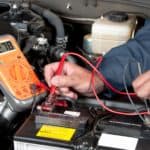
MENUMENU
TALK TO AN EXPERT
Special Hours: 7AM – 6PM PST
TALK TO AN EXPERT
Special Hours: 7AM – 6PM PST
Reliable and safe lithium-ion batteries have become essential in modern-day life, powering everything from cars to smartphones. However, not all batteries are created equal, and the type of battery you use can significantly impact system performance, reliability, and safety. Battery density refers to the measure of energy stored in a battery relative to its weight or size. We refer to this as specific energy density, while in terms of size, it is known as volumetric energy density. So what exactly does this all mean?
It’s important to understand the fundamental differences between lithium and lead-acid batteries. Lead-acid batteries have existed for over a century and are still commonly used in vehicles and other applications. They are relatively cheap and can deliver a large amount of power quickly. However, lead-acid batteries are heavy, require regular maintenance, and have a short lifespan. Lead-acid batteries are notoriously toxic if not recycled properly. Without proper care, they can be unsafe and start fires.
People use lithium batteries to power their laptops, phones, and other appliances. They have high battery energy density and can discharge more energy, providing long-lasting power. Lithium batteries can also charge faster and don’t overheat during the charging process, making them a much safer alternative to traditional lead-acid batteries. Overheating lead-acid batteries causes degradation and causes the battery to leak. Unfortunately, an occurrence that is far too common with lead-acid batteries.
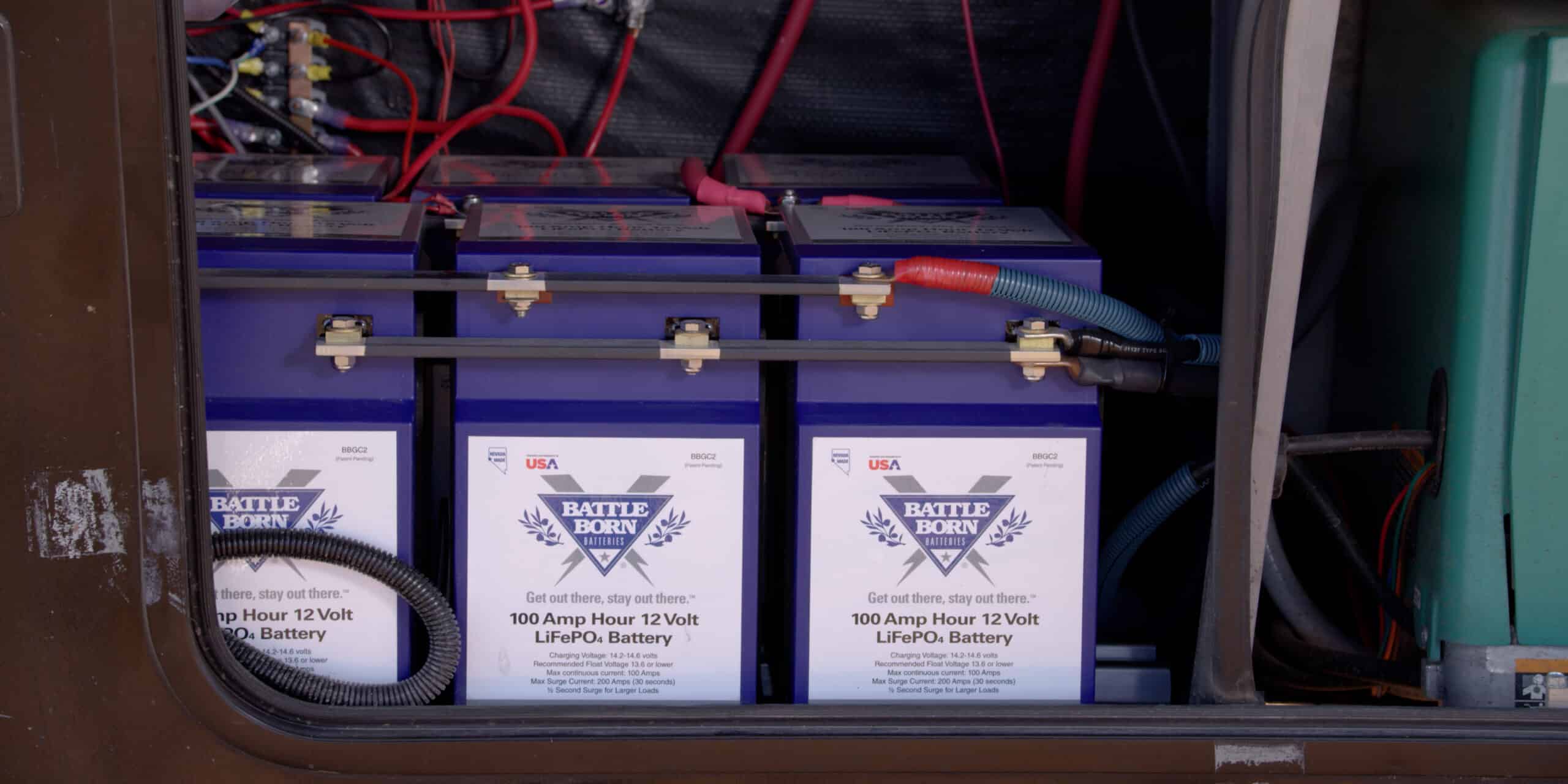
Lithium battery types use specific active materials and chemical reactions to store energy. Each of these different active materials comes with its pros and cons.
Most lithium batteries’ anodes (the positively charged electrode) consist of graphite. The cathode (the negatively charged electrode) materials comprise a mixture of lithium and other minerals like nickel, manganese, cobalt, or iron. This mixture determines the battery’s power, capacity, performance, cost, safety, and lifespan.
There are six distinct lithium-ion battery types with varying chemical compositions:
The lithium iron phosphate battery also called LiFePO4, derives its name from the chemical symbols of the active materials. It’s also commonly shortened to LFP. Each LiFePO4 battery cell has a nominal voltage of 3.2 volts. Their safety and longer lifespan mean they are frequently used to replace lead-acid deep-cycle batteries.
Lithium cobalt oxide (LCO) batteries have high energy density but low power density, making them unsuitable for high-load applications. LCO batteries offer a significant advantage in high specific energy, enabling them to deliver power consistently over an extended time under low-load applications.
Lithium Manganese Oxide (LMO) batteries utilize lithium manganese oxide as their cathode material, resulting in a 3D structure that enhances ion flow and current handling while decreasing internal resistance. This chemistry also improves thermal stability and safety. LMO batteries can charge quickly and offer high specific power, making them capable of handling high current demands. Additionally, manufacturers can modify the internal chemistry of these batteries to meet the demands of high-load or long-life applications.
NMC Batteries utilize three key elements, nickel, manganese, and cobalt, in their cathodes to combine their benefits. While nickel offers high specific energy, it lacks stability. Manganese, on the other hand, is highly stable but has a low specific energy. Combining the two produces a stable chemistry with a high specific energy.
Lithium nickel cobalt aluminum oxide (NCA) batteries are known for their high specific energy, decent specific power, and long lifecycle. This means they can deliver relatively high current over a sustained period. NCA batteries are popular in high-load applications, especially in the electric vehicle market, where they are the battery of choice for Tesla.
Lithium titanite (LTO) batteries differ from other lithium batteries as they use lithium titanite in the anode instead of graphite, while their cathode material comprises LMO or NMC. This unique combination results in a highly safe battery with a prolonged lifespan and fast charging capabilities. LTO batteries’ numerous benefits include rapid charging, a broad range of operating temperatures, excellent stability, and a long lifecycle, making them ideal for various applications.
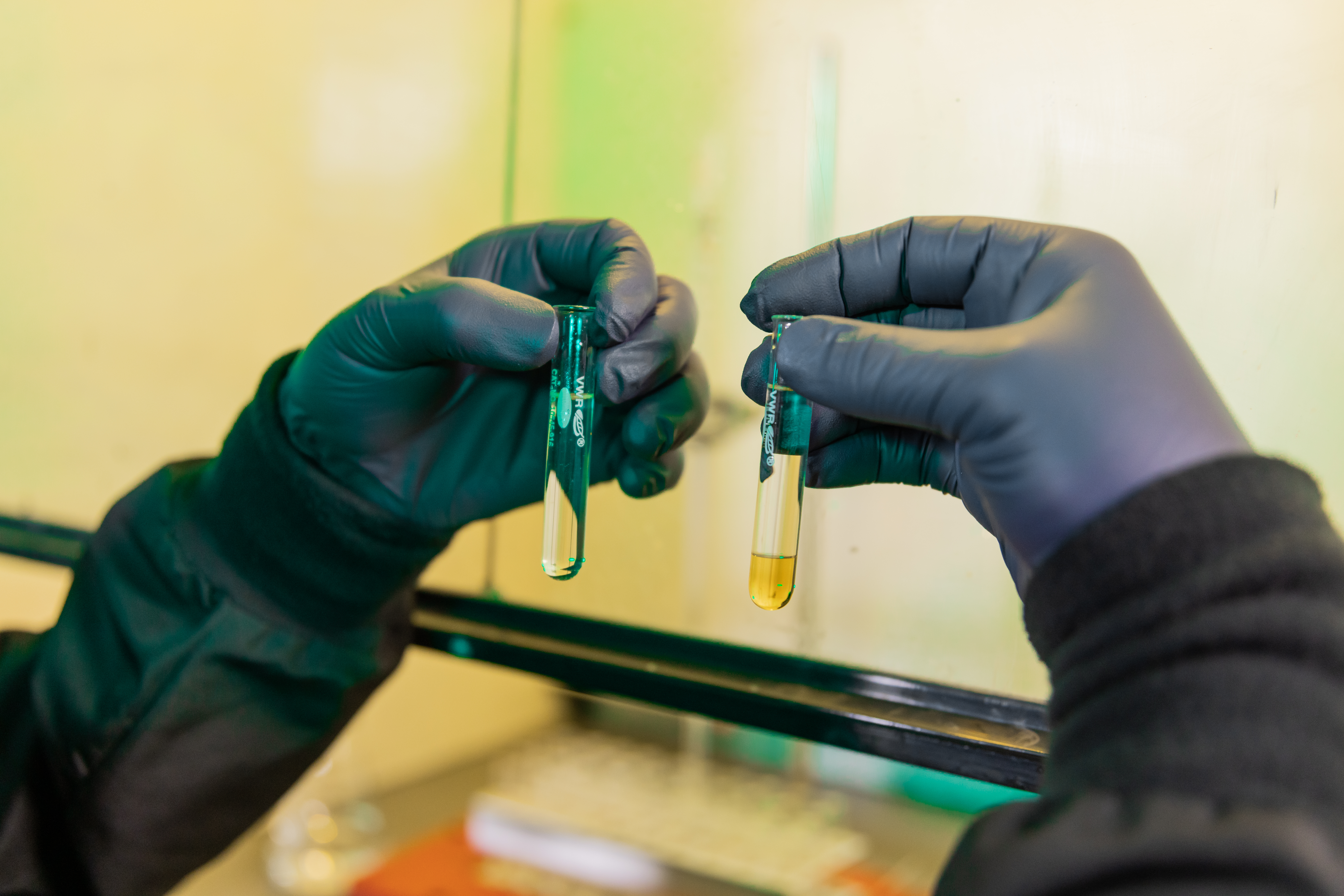
There is yet to be a universally standardized format for lithium-ion batteries. The battery cell format and shape design depend on the specific application requirements. The components of lithium-ion batteries are usually battery cells, cell contacting, cell fixation, housing, thermal management, and battery management systems (BMS).
The three main battery cell density formats are cylindrical, prismatic, and pouch cells.
Prismatic cells are rectangular and flat, with all components compressed into layers and enclosed in steel or aluminum. An insulating film wraps around the exterior of the can. Electric and hybrid vehicles usually contain prismatic cells. They are larger than cylindrical cells.
Depending on their application, prismatic cells have pointed corners that may experience more stress, such as shocks and vibrations. The corners may become weak if you do not adequately enclose and protect them. The corners may prevent even electrolyte distribution, leading to cell bloating and other deformations.

The cylindrical cell’s high mechanical stability and design make it an ideal candidate for optimized automation processes and techniques, resulting in increased consistency. As a result, numerous manufacturers can provide this type of battery cell, resulting in product uniformity.
Cylindrical cells are widely used in various applications in our daily lives due to their common shape. The round shape of the cylindrical cells enables even distribution of both the electrolyte and internal pressure, resulting in a lower probability of leaks or bloating of the cell.

The lightweight structure of pouch cells, made possible by the use of a soft aluminum coating, allows for adaptability in size and space utilization depending on the intended use. This results in a flexible battery that can fit into various product designs. The pouch cell format is known for its high packaging efficiency of 90% to 95%, leading to increased energy density.
However, one major drawback of the pouch cell is the lack of standardization, which affects production costs and pricing. With the increasing usage of pouch cell technology and the continuous advancement in this field, we anticipate a significant improvement in standardization.

Prismatic cells and cylindrical cells have different characteristics. While prismatic cells have a layered approach to materials that make them suitable for energy efficiency, cylindrical cells have more power, meaning they can discharge their energy faster. This is because they have more connections per amp-hour.
Understanding one of the most significant advantages of cylindrical cells over prismatic cells is regarding one faulty cell affecting the battery pack. In the case of cylindrical cells, if one cell malfunctions, it does not affect the rest of the cells or the pack’s structure since the pack can still supply power based on the lowest capacity of the group. This is due to the numerous connections available per amp-hour.
On the other hand, if even one cell malfunctions in prismatic cells, it can affect the entire battery pack. The sequence’s organization will determine the outcome of the cells.
Another critical advantage of cylindrical cells is their efficient heat dissipation. The space between the cylindrical cells allows for passive cooling, ensuring better distribution of heat and minimizing the risk of hot spots within the battery. In contrast, with their tightly compressed energy storage, prismatic cells are more susceptible to hot spots due to limited gaps allowing heat dissipation.
It is worth noting that many battery pack assemblers opt for prismatic cells due to their ease of use rather than their superior performance. However, convenience should not outweigh the long-term benefits that cylindrical cells offer. While prismatic cells may be easier to assemble into full battery packs, their limited heat dissipation and potential for hot spots can adversely affect battery health and overall capacity.
Despite using the same battery chemistry as prismatic cells, cylindrical cells exhibit higher capacity retention after prolonged usage. This means even after extended periods; cylindrical cells will retain more of their original capacity, ensuring a longer and more reliable battery life.
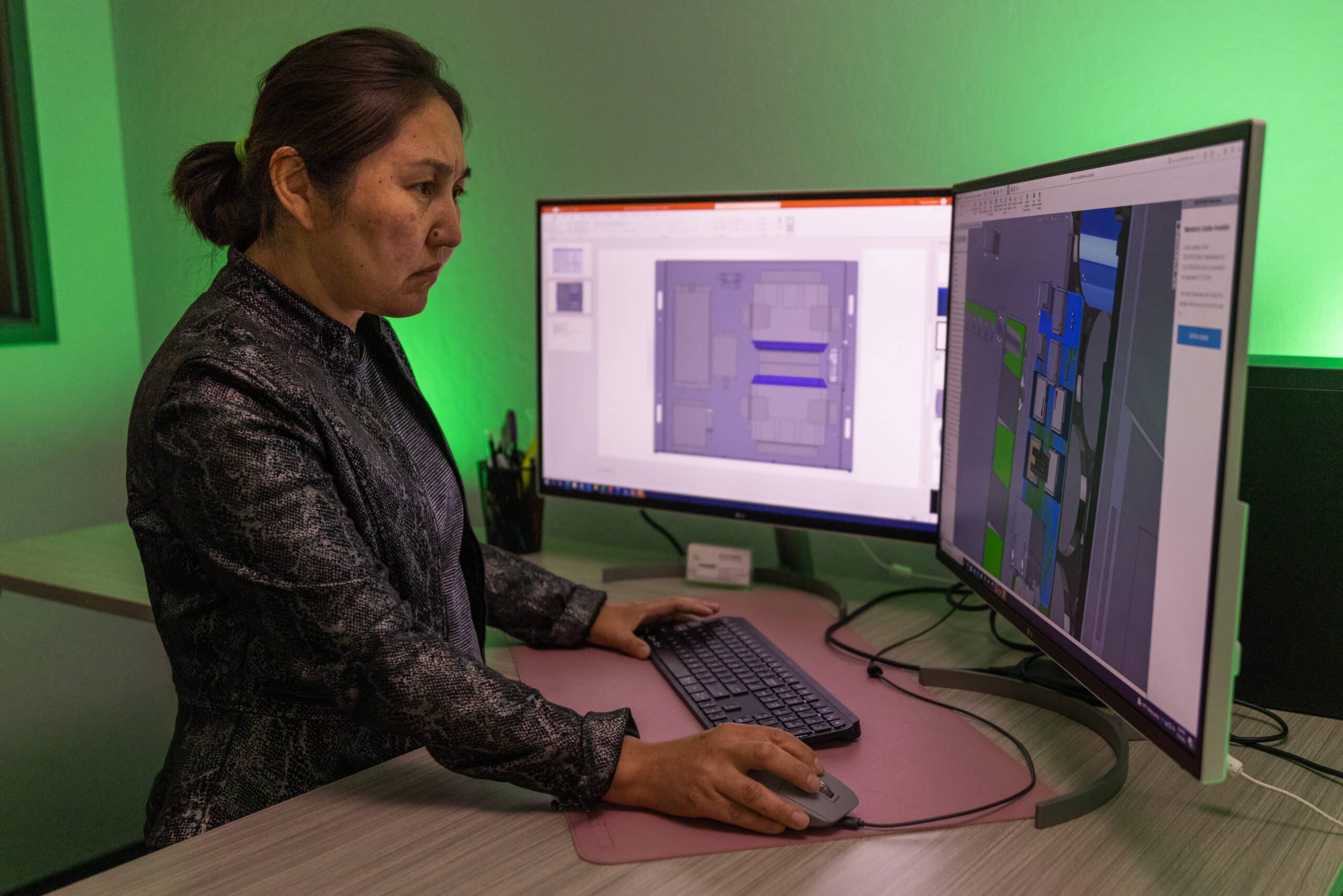
At Battle Born Batteries, we take a tailored approach to battery design. We offer Group 24, Group 27, 8D, and proprietary battery pack sizes. Various industries, such as automotive, marine, and off-grid power systems, commonly use these sizes.
We also wanted to create a battery to pack more power into a smaller footprint. That’s why we came up with the Battle Born Batteries Gamechanger 3.0. Unlike other battery sizes, the GC3 is not the standard size in any industry. The GC3 breaks from conventional battery sizes and gives our customers more power in a smaller space. Its unique rectangular shape and superior energy density make it the perfect choice for new installations or upgrades. During installation, the battery can be placed in any position, as installers have the flexibility to decide its location.
The arrangement and number of cylindrical cells (amount of Ah) used in each battery achieve this. By strategically placing these cells, we increased the overall power density of the GC3 battery. The result is that a battery delivers more power per square inch than other battery sizes. It provides optimal performance, efficiency, and reliability.
Along with extensive research and development in battery technology, we take pride in delivering the highest quality batteries to our customers. Our commitment to excellence is evident in our investments to incorporate advanced robot welding and cycling processes into our battery builds. Precision welding is crucial for battery assembly to ensure optimal performance, durability, and safety. That is why we have made significant investments in state-of-the-art robotic welding technology. We can achieve flawless welds with robotic precision and consistency that provide solid and reliable connections between our battery components.
Our LiFePO4 Batteries undergo cycling tests to ensure each battery can reach its highest capacity throughout its lifespan.
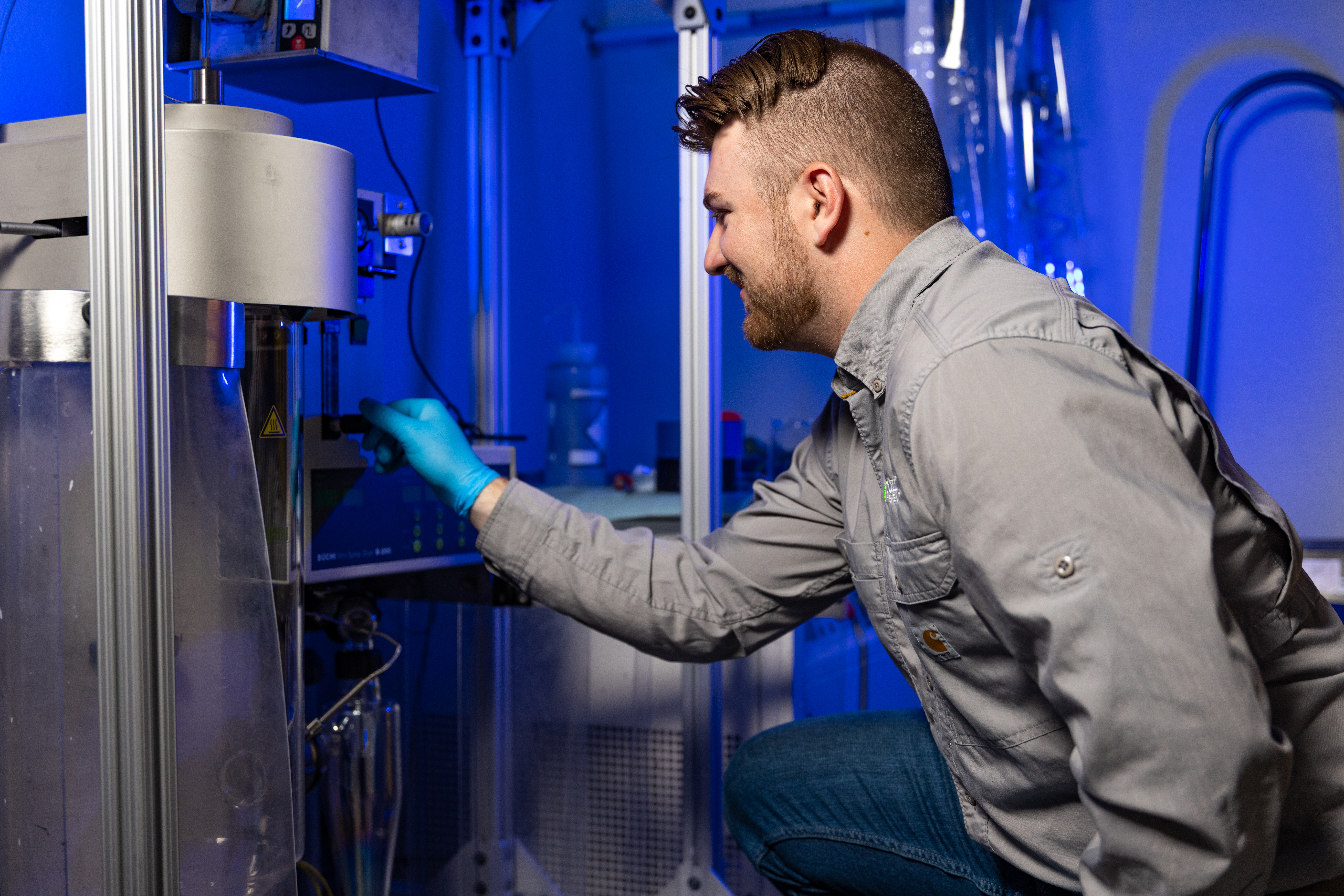
Energy density can tell you a lot about how much power a battery can store for its size or weight, but it doesn’t tell the whole story.
The best battery choice depends on more than just numbers on a spec sheet. Safety, longevity, temperature performance, cycle life, and even the type of cell construction (cylindrical, prismatic, or pouch) all play major roles in real-world performance.
For RVers, boaters, and anyone relying on their batteries for adventure or critical power, it’s these combined factors—not just energy density—that deliver true peace of mind and lasting value.
At Battle Born Batteries, we focus on delivering the safest, most reliable, and robust lithium solutions—because when you’re off the grid, you need a battery you can count on for the long haul.

We know that building or upgrading an electrical system can be overwhelming, so we’re here to help. Our Reno, Nevada-based sales and customer service team is standing by at (855) 292-2831 to take your questions!
Also, join us on Facebook, Instagram, and YouTube to learn more about how lithium battery systems can power your lifestyle, see how others have built their systems, and gain the confidence to get out there and stay out there.
Shop Best Sellers

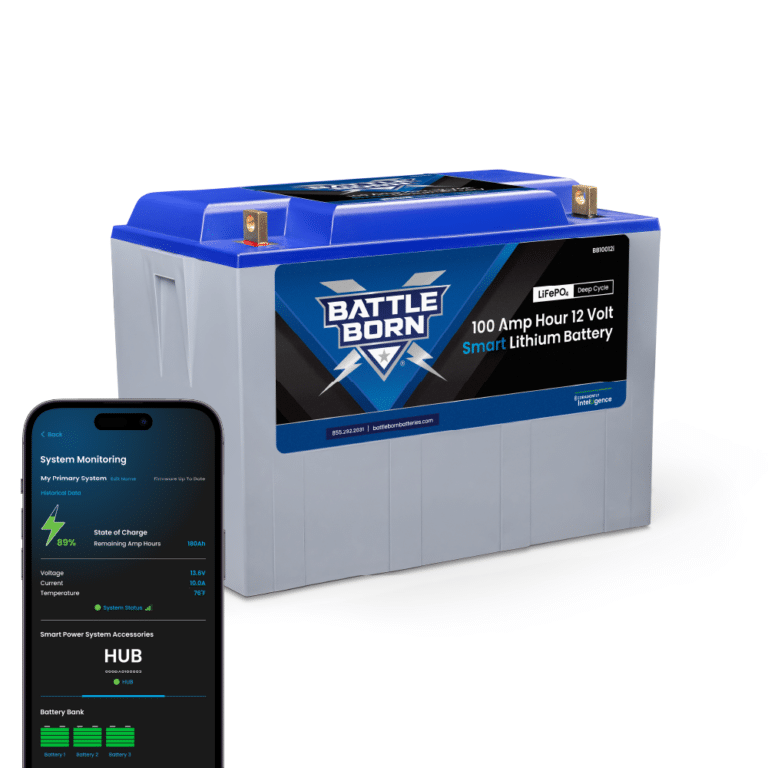

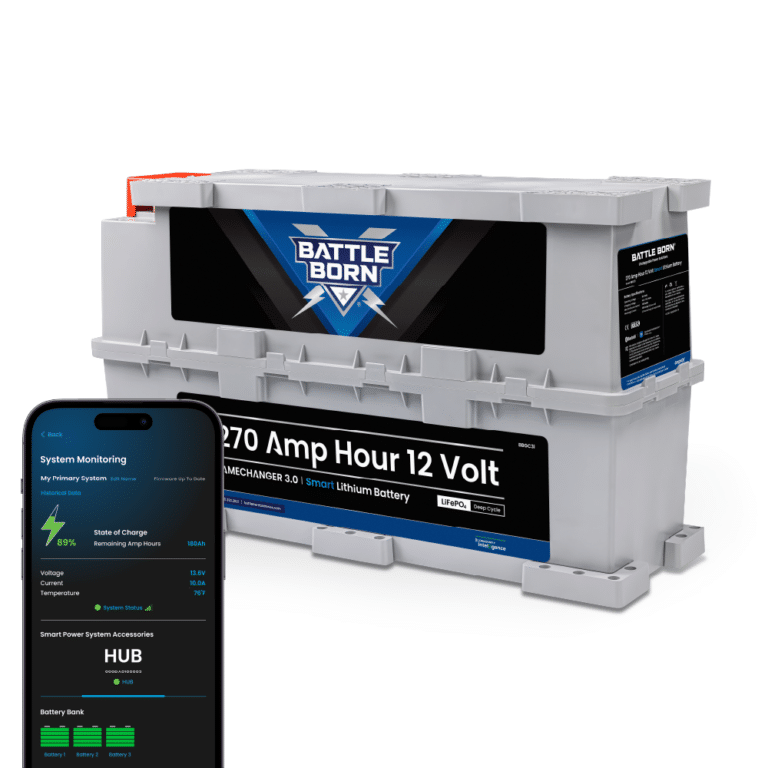




Ask a technical specialist now at 855.292.2831
Stay in the Know